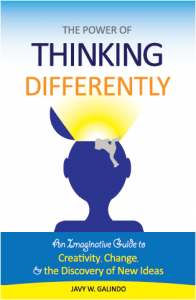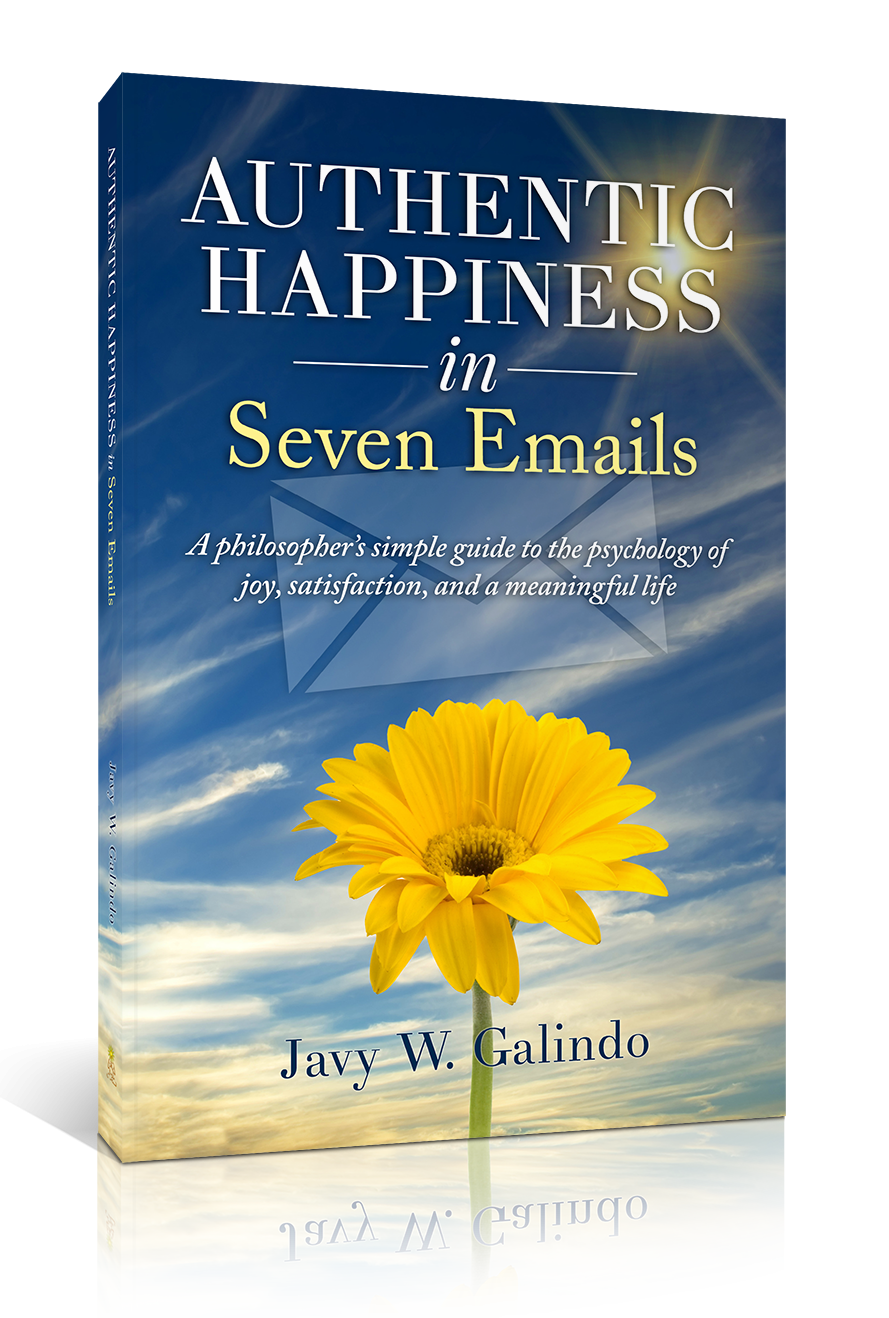[stextbox id=”info” image=”null”]The following is an article I originally wrote for Maternal Spark. Isn’t that a great name for a blog? If you’re a mom interested in creativity, this blog has to be on your reading list.[/stextbox]
Sometimes the creative river just dries up.
Maybe you feel stuck, unable to find new business ideas. Or perhaps you’re struggling to find some creative insights to help decorate your child’s birthday party.
We can stare at a project or a problem we’re trying to solve and feel heavy, weighed down by creative blocks. These blocks form dams, blocking the flow of ideas that may have flooded our heads just a second earlier.
What to do?
As part of the research for my recent book, The Power of Thinking Differently, I looked at the science and psychology of the creative process. What I found was that to be creative we often need to do things that are counter intuitive — especially for those of us ingrained in a high stress, go get ‘em culture of achievement.
So, whether you’re trying to help with your child’s art project, searching for inspiration for your creative writing, or just looking for creative ways to manage your busy day, here are some counter intuitive tips on how to spark the TNT that’ll blow your creative blocks out of the water.
Don’t Try so Hard
(Conventional Intuition: Work hard to get something done well.)
When trying to be creative we can find ourselves too stressed to discover new ideas.
Argh! Why can’t I think of anything?
We become so focused on the problem that we don’t give our mind any room to experience the solution.
This is because our brain circuitry has a tendency to become rigid under stress. It becomes harder to see alternatives and think of our circumstances in new ways. Stress also has the long-term effect of making creativity more difficult in the future.
In order for our brain cells to form new connections and come to new ideas, we need to relax. This means not putting so much pressure on ourselves to be creative.
After we’re struck by sparks of creative insight, we can then work hard to turn our great ideas into a reality. But, if we’re in need of ideas in the first place, we have to let go, and trust that our inherent creativity wants to be heard if we only make space in our minds to hear it.
Do Something Completely Different
(Conventional Intuition: It’s important to stay focused on the task at hand.)
One way to relax your brain circuitry is to simply walk away from your creative project.
When I’m really engaged in an activity, I can find myself totally immersed in it — so much so that I may actually be drowning my creative spark.
When it gets to the point that your creative juices are no longer flowing, you may want to consider talking a break of some kind. Go for a walk, take a nap, start an unrelated conversation with a friend, or just work on a different task.
Studies show that creative ideas often occur with defocused attention—when our conscious mind isn’t concentrating on the problem at hand. This allows your unconscious to ruminate without your conscious thoughts getting in the way.
This is why creative insights seem to come when you least expect them. It’s actually because you least expect them that they come about.
Play and Have Fun
(Conventional Intuition: We need to be serious to be successful.)
Another way to relax your neural networks is to simply remember to have fun with your creative projects.
Some of us tend to overemphasize the importance of our tasks. We can become fixated on making sure we are mistake free, acting as if our creative task were a matter of life or death.
It’s something we learned when we became adults.
However, fun and play are the hallmarks of the creative process. Einstein, da Vinci, and comedians like Gilda Radner were all experts at playing around with ideas.
The most creative creatures on the planet are our children. They play make-believe, make unusual art, and can laugh at the most trivial things. When we are most creative, we are tapping back into the creative spirit that was alive and well in our childhoods.
Being creative is supposed to be an enjoyable experience. You know you’re off track when it begins to be a burden.
Checkout What Others Have Done
(Conventional Intuition: To be creative means that you can’t use the ideas of others.)
In order to play with ideas, you need ideas to play with. If you can’t bring any to mind, look for some from the external world.
- Howard Schultz, the founder of Starbucks Coffee, got his idea for Starbucks after being immersed in the café culture of Europe.
- Almost all popular fiction is a redressing of some common story, theme, plot, and characters.
- Musicians continually listen to the music of others in order to get inspiration for their own compositions.
Coming up with a creative idea is simply finding new ways of connecting old ideas.
It’s stealing to take somebody else’s idea and claim it as your own. It’s creative to take somebody else’s idea and make it your own through variation, and mixing and matching.
Make it a Group Thing
(Conventional Intuition: If you want anything done right, do it yourself.)
While many of us have grown to value independence, that doesn’t mean we should devalue collaboration.
The quickest and most direct way of exposing yourself to a variety of ideas is to work with a variety of people. This could take many different forms.
- You can have people brainstorm ideas with you or use them as a sounding board.
- You can just converse with others to get a feel for their unique perspectives.
- Or you could turn your solo endeavor into a group endeavor, utilizing the novel talents of the people you know.
In any case, the more angles of perception we have access to, the greater access we have to creative possibilities–just as having more ingredients available for a stew can lend itself to greater variety of flavors.
Being creative is often seen as an attribute only accessible to a special few. But that isn’t necessarily so.
By following these counter intuitive creativity tips, we can all learn to develop our creative muscles and bring about our own unique creative expressions.
*Note: I tried my best to make these tips as general as possible to be applicable to anything you’re working on. Please feel free to leave me comments and questions specific to your creative pursuits.



